When Eric Clapton ‘Unplugged’: Rebirth from Tragedy and ‘Tears’
by Amy McGrath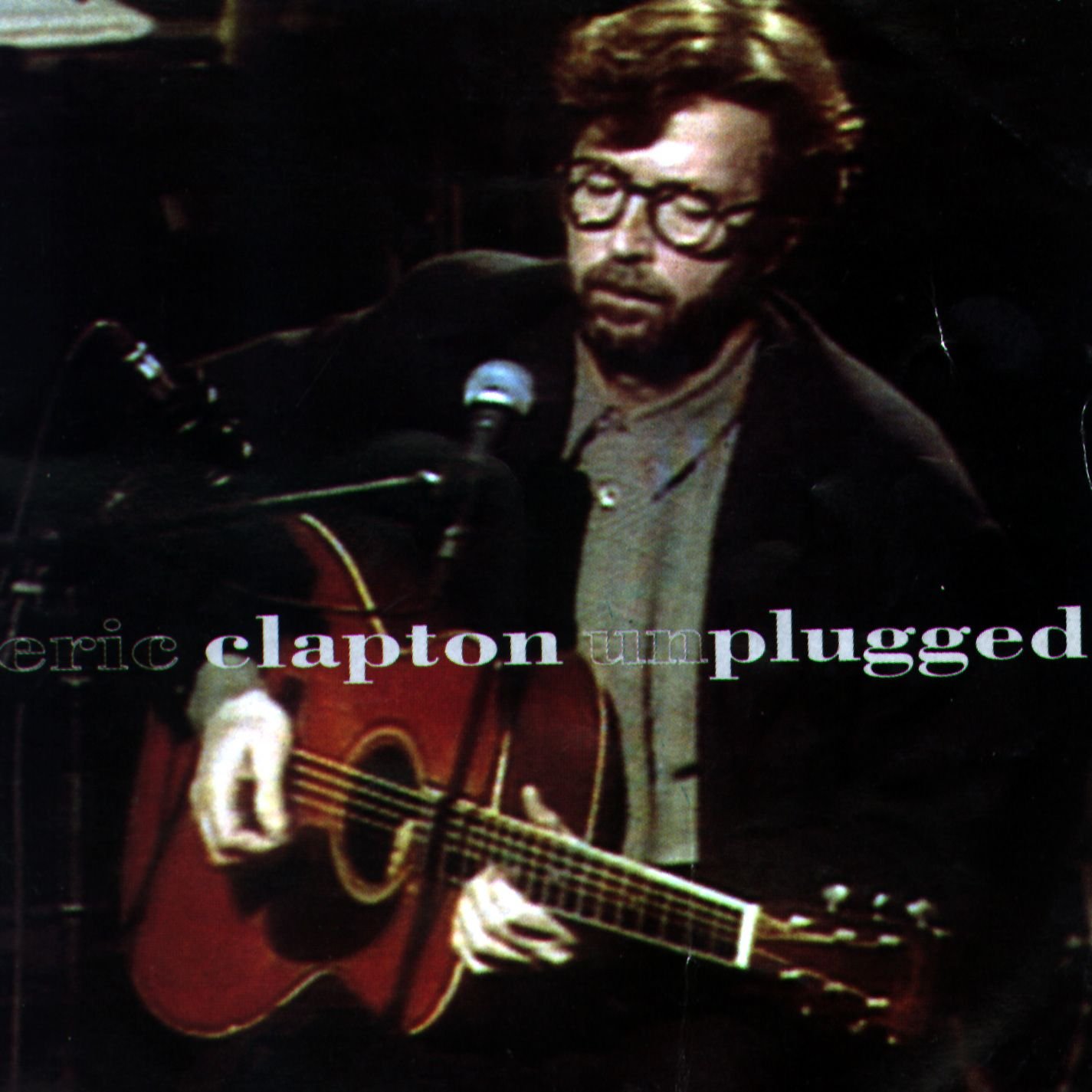 Like many other rock artists whose careers began in the 1960s, by the early ’90s Eric Clapton was struggling to find his place in contemporary music. The legendary guitarist had attempted to update his sound for the times, infusing his music with a synthesized groove, but then a series of unfortunate events hit Clapton hard and affected his ability to create.
Like many other rock artists whose careers began in the 1960s, by the early ’90s Eric Clapton was struggling to find his place in contemporary music. The legendary guitarist had attempted to update his sound for the times, infusing his music with a synthesized groove, but then a series of unfortunate events hit Clapton hard and affected his ability to create.
Clapton was in the middle of his Journeyman World Tour when, in the early hours of Aug. 27, 1990, a helicopter ferrying guitarist Stevie Ray Vaughan and three members of Clapton’s entourage perished just after lifting off from Alpine Valley Music Theatre in East Troy, Wisc., on their way to Chicago. Vaughan, a support act for Clapton on the tour, was on the cusp of superstardom and his death was a blow not only to the music industry, but to Clapton on a personal level.
Clapton went on to finish the tour, concluding on March 9, 1991, in London. He flew to New York on March 20 to have a get-together with his four-year-old son Conor, who he’d had out of wedlock while married to Pattie Boyd, when he received word at his hotel that the boy had fallen to his death from an open 53-story window. The devastating event, the publicity associated with it and the emotional aftermath drove Clapton to one of the darkest places he had ever been. His only solace was, as always, his ability to channel his grief into song. Approached to compose music for the soundtrack to the 1991 crime drama film Rush, the Clapton cut 10 tracks that reflected not only the film’s grim theme—two narcotics officers go undercover to break up a drug ring, only to become addicts—but the sobering reality of losing his young child.
The central tune of the soundtrack addressed Clapton’s sorrowful tragedy directly. While “Tears in Heaven” (co-written with Will Jennings) spoke plainly about the accident, it would not be remembered as the musical accompaniment to a downbeat celluloid storyline; neither could anyone have envisaged how this song would turn Clapton’s life around at the start of 1992.
MTV’s Unplugged initially intended to showcase lesser-known acts in a small, informal setting. First broadcast in November 1989 with Glenn Tilbrook and Chris Difford of Squeeze, and hosted by songwriter Jules Shear, the show had begun quietly enough. But after broadcasts with artists ranging from Great White to Elton John, the Indigo Girls, Don Henley and, most memorably, Paul McCartney, it became a yardstick for measuring how musicians might repurpose their music.
Clapton’s performance was recorded on Jan. 16, 1992, on Soundstage 1 at Bray Film Studios in Windsor, England, just 25 miles outside central London. With the audience arranged in a wide circle, Clapton—seated, wearing glasses and playing several acoustic guitars—was surrounded by a full, if mostly stripped-down, stellar band: guitarist Andy Fairweather-Low, bassist Nathan East, keyboardist Chuck Leavell, percussionist Ray Cooper and drummer Steve Ferrone, with backing vocals from Katie Kissoon and Tessa Niles.
The album (and show) opens with the upbeat, samba-tinged instrumental “Signe,” named after the yacht Clapton was sailing on during a holiday getaway. The seamless exchange of riffs between Clapton and Fairweather-Low, who was no slouch in the guitar-playing arena himself, set the laidback tone for the remainder of the gig.
The track segued into one of Clapton’s best-known blues covers, “Before You Accuse Me.” Staying faithful to the 1957 Bo Diddley release in tempo and arrangement, Clapton was at ease with the shuffling rhythm, and his acoustic picking spotlighted a string of sparkling notes that got lost in the mix during an electrified performance.
Clapton next swings into another blues chestnut, Big Bill Broonzy’s “Hey Hey.” A straightforward boogie with minimal lyrics, the real catch is the syncopated, deceptively simple picking between Clapton and Fairweather-Low that swings along effortlessly. Clapton makes it look easy and, given his fondness and mastery of the style, first with the Yardbirds and then with John Mayall and the Bluesbreakers, it’s not hard to see how this is a labor love for the guitarist.
The album’s fourth track was born of tragedy that has, in the years since its release, become a lifeline of hope to many of its listeners. “Tears in Heaven” was, in its original context, a song on a movie soundtrack. Here, in a live setting, Clapton’s poignant delivery to a hushed audience resonates deeply. The entire band understands, on an unspoken level, the assignment and the song is delivered with sensitive restraint; Clapton’s vocals are among the best of his career.
Watch Clapton and friends perform “Tears in Heaven’ on the MTV Unplugged session
Leavell is a standout contributor thanks to his work on “Lonely Stranger.” The American pianist, a legendary figure in his own right, had worked with many notable names in music, including Dr. John, the Allman Brothers Band (with his indispensable work on their instrumental “Jessica”) and the Rolling Stones. The tune has much in common with the adult contemporary leanings of the era, reflected in its world-weary attitude and smooth cadence. Juxtaposed against the stark lyrics, Clapton addresses his relationship demons, while facing up to the harsh reality that he’s been a right bastard and needs to own up to the hurt he has caused in a past life.
Clapton goes way back in time for the 1929 Jimmie Cox tune “Nobody Knows You When You’re Down and Out,” a tune he first learned in the early ’60s and eventually recorded for Layla and Other Assorted Love Songs in 1970, with Duane Allman on the session. Here, it’s a far more upbeat performance, with a country twang, backing harmonies that swing and Clapton’s mature, clear vocals.
“See if you can spot this one,” is Clapton’s spoken intro to the show’s centerpiece. “Layla,” with its backstory of unrequited love and desperation, sits among the most discussed, analyzed and mimed tunes in modern rock history. For an audience to sit in rapture as Clapton literally personifies his “Slowhand” moniker, with acoustic extensions of his legendary riffs and syncopated, skippy snare from Ferrone, helped to quite literally rebirth the song, while infusing the storyline with more pathos and bleakness than its original outing. The visual gives off a playful vibe: when closely observed, you can see Clapton give a little “What, I just started the riff, holy cow,” smile, acknowledging the applause like a gentleman putting on a well-worn overcoat and buttoning up for a comfortable stroll.
The then-recent release “Running on Faith,” from 1989’s Journeyman, gave Clapton the opportunity to pull out some slide guitar work on his Dobro F 60 Classic. As with most of the narratives from this performance, this was another tale of self-realization at the root of his unhappiness in life: “Well, I’ve always been/One to take each and every day/Seems like by now/I’d find a love who cares just for me.” Little wonder that it fit perfectly with the circumstances and the effect that both Vaughan’s and his son’s deaths continued to have on his artistic output.
“Walkin’ Blues” was the student in Clapton paying homage to a foundational father of rock and roll, Robert Johnson. Taking it as a solo slide outing, Clapton tosses off the song with the simple and understated panache of one who could live a thousand tortured lifetimes by selling his soul to the devil.
Having said that, it’s no wonder that “Alberta” has proved problematic for Clapton. With a historical resemblance to the classic “Corrine, Corrina” by Bo Carter and covered by hundreds of artists across the years, Clapton interpolates that with other lyrics to seemingly create a new blues tune. Clapton duly credited blues giant Lead Belly for this rendition, which bears no comparison to the original. (Due to Unplugged’s unprecedented sales and popularity, the cover warranted legal action from Carter’s estate. The case was eventually dismissed by a district court in Tennessee in 2018.)
Jesse Fuller’s 1955 song “San Francisco Bay Blues,” however, was a playful cover, with East taking over on stand-up bass, Ferrone keeping the beat with a wearable washboard, Fairweather-Low on harmonica and a unified group contributing kazoo. With audience hand-clapping participation, this rollicking song was probably the most hysterical and fun-filled moment from the entire performance.
“Malted Milk” had Clapton and Fairweather-Low alone on another understated Robert Johnson blues classic, with a subject matter that Clapton easily related to: With his past history of alcohol abuse, combined with drug addiction, this lament written during Prohibition was right up his alley. Clapton accentuated his plaintive voice with his usual stellar picking style, as Fairweather-Low provided a steady accompaniment.
Leavell has stated on the record that “Old Love” is one of his best piano performances, and it’s not hard to hear why. As Clapton alternates from growling wolf to soothsayer, Leavell picks up the lead over the acoustic strumming and adds flourishes with appropriate moments of thundering work as the narrative (a Clapton co-write with Robert Cray from Journeyman) delves into the unvarnished truth about Clapton’s shattered marriage to his once-loved muse, Pattie Boyd, in all its painful discourse. The lyrics were so painful, in fact, that Boyd told The Guardian in 2018, “The end of a relationship is a sad enough thing, but to then have Eric writing about it as well, it makes me sadder, I think because I can’t answer back.”
The album, perhaps fittingly, ends with an abrupt start. “Rollin’ and Tumblin’” had begun as an impromptu improv toward the end of the filming. After the additional (but not included in the original release) performances of “My Father’s Eyes,” “Circus Left Town, and “Worried Life Blues,” in a break, the ensemble broke into a cover of Hambone Willie Newbern’s 1929 song, last performed by Clapton on Cream’s 1966 debut Fresh Cream. Caught off-guard, director Milton Lage signaled for the cameras to roll and managed to catch the song mid-verse. Yet, according to the website Where’s Eric!, Clapton was so pleased with it that when the song ended, he asked Lage, “Did you get that?”
Surprisingly, Clapton had serious reservations about dropping the material as a full-blown release, in part due to the inordinate number of covers performed versus a studio album of new material. With prodding by management, record label and producer Russ Titelman, he was begrudgingly convinced and Unplugged was released on Aug. 25, 1992, in the U.S. and Aug. 31 in the U.K. to near universal acclaim. On the critical front, reviewers were cordial in many respects, if somewhat muted, acknowledging that Clapton, at age 47, had somehow managed to jump-start a midlife musical crisis. “Tears in Heaven,” while given virtually no airplay as a studio recording, became a global calling, buoyed by Clapton’s emotional rendering onstage. That song’s resonance, paired with the Sept. 21 single of “Layla,” was a harbinger of things to come.
Come Feb. 24, 1993, and with a live performance, Clapton ascended the stage at the 35th Annual Grammy Awards no less than six times (out of nine nominations), the most for an artist that night, accepting a standing ovation for Unplugged’s wins for Album of the Year, Record of the Year, Song of the Year, Pop Vocal Performance, Male for “Tears in Heaven” (ironically for the Rush soundtrack version), in addition to Rock Vocal Performance, Male and Rock Song for “Layla.”
Unplugged was a Billboard 200 #1 album and remains Clapton’s best-selling album, with sales at 26 million worldwide. The VHS and later DVD of Unplugged have earned RIAA Platinum status with 100,000 units sold. On Jan. 25, 2019, Unplugged earned diamond status and is the third-biggest-selling live album in the U.S., with certified RIAA shipments of 10 million units. In 2013, Unplugged was expanded and remastered with an additional six unaired performances from the 1992 show. In May 2025, Unplugged: Enhanced Edition was released in 2-CD and 3-LP formats, which includes Clapton commentary conducted just before the original 1992 performance. It’s available in the U.S. here, in Canada here and in the U.K. here.
Related: Our Album Rewind of Clapton’s solo debut album
Watch the complete Unplugged concert here…

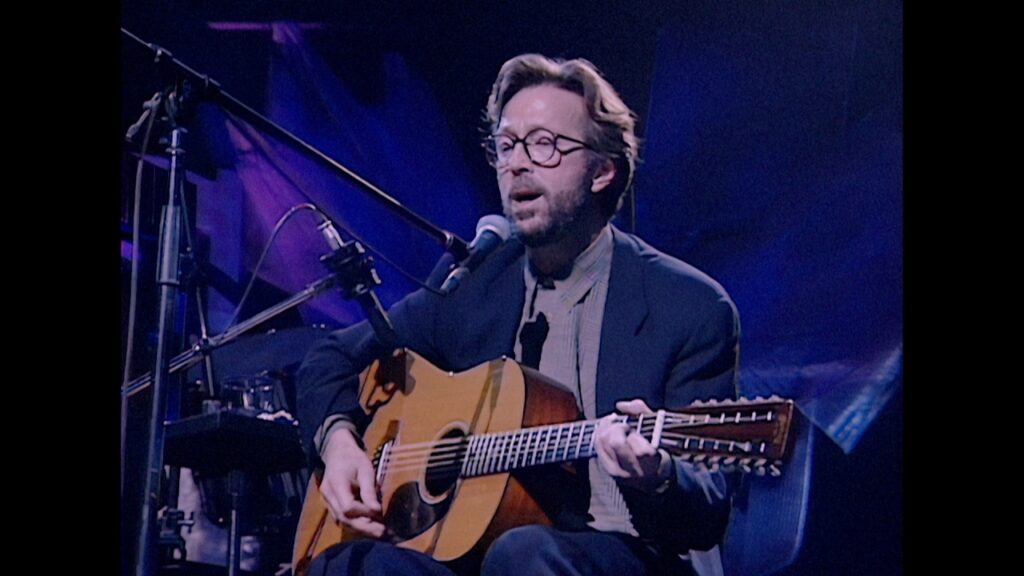
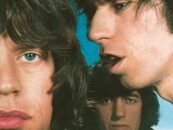
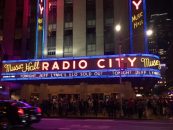
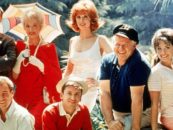

No Comments so far
Jump into a conversationNo Comments Yet!
You can be the one to start a conversation.